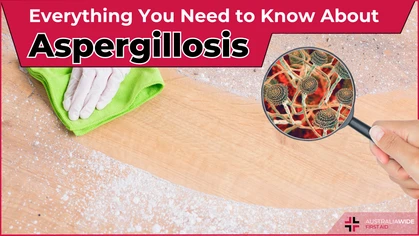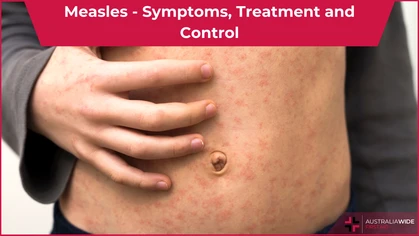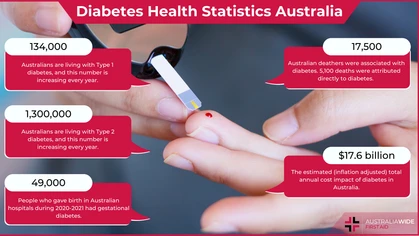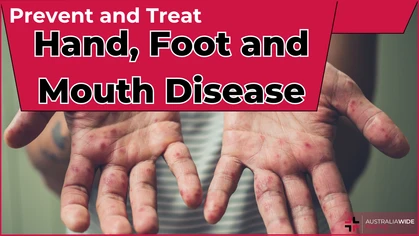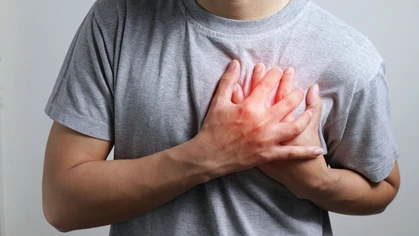New ASCIA Action Plans for Anaphylaxis

Disease

The signs and actions for anaphylaxis remain the same.
For the first time since their implementation, ASICA Action Plans for Anaphylaxis have gone through a major reformatting. The purpose of this reformatting was to make them easier to use, which is becoming more important all the time. The prevalence of anaphylaxis action plans is increasing, particularly in schools, as recognition and diagnosis of severe allergies becomes more commonplace.What Hasn’t Changed?
The signs and symptoms of anaphylaxis remain unchanged. This is important to note – if you come across these it should be treated as a medical emergency. Severe symptoms include:- Tightness of the throat from swelling.
- Difficulty breathing.
- Tongue and facial swelling.
- Hoarse voice or difficulty speaking.
- A wheeze or persistent cough.
- Collapse or falling unconscious.
- Becoming pale or floppy (young children).
- Abdominal pain and vomiting.
- Hives, welts, and body redness.
- Flushed skin.
- Hives.
- Nausea and vomiting.
- Stomach pain.
- Sudden feeling of weakness.
- Swelling of the face, lips, and eyes.
What Has Changed?
According to the ASCIA website, updates for the ASCIA 2023 Action Plans for Anaphylaxis include:- Patient specific details are all completed in the top section.*
- Signs of, and actions for mild to moderate allergic reactions are in two easy to follow lists.
- Instructions for adrenaline injectors are colour coded.
- Instructions for both adrenaline injectors are included in the General version of the plan.
- Device specific versions of the plan for Anapen® and EpiPen® include changes 1-3 listed above and a QR code which links to short animated videos with adrenaline injector instructions.
- ASCIA Action Plan for Allergic Reactions (green)
- ASCIA Action Plan for Drug (Medication) Allergy (dark green)
- ASCIA First Aid Plan for Anaphylaxis (orange)
- ASCIA Travel Plan for People at Risk of Anaphylaxis (red) for use with the red ASCIA Action Plan for Anaphylaxis
First Aid for Anaphylaxis
Not only is it important to know the signs and symptoms of anaphylaxis but also to understand how to use an EpiPen and Anapen to administer them correctly. With the right preparation and knowledge, you can feel confident in your ability to treat an anaphylactic reaction and prevent making mistakes that could have serious consequences. To learn more about treating anaphylaxis as well as first aid for other medical emergencies, enroll in one of our first aid courses near you: If you want a more in-depth look at anaphylaxis at home or in the workplace, our online courses are the answer. You can complete them at your work desk or from the comfort of your own home, and get a Certificate of Completion to show your employer, add to your resume, or simply give you the peace of mind knowing you can actually help in an emergency. Our Anaphylaxis First Aid provides learners with the knowledge needed to recognise, respond to, and manage allergic reactions and anaphylaxis. If you're after workplace-specific information, our Workplace Anaphylaxis Risk Management course covers responsibilities and best practices for managing anaphylaxis risk in workplaces. Alternatively, our Workplace Asthma and Anaphylaxis Management and First Aid course teaches the essential knowledge and practical tools to identify, manage, and respond to asthma and anaphylaxis risks in workplace settings.
Originally published at
https://www.australiawidefirstaid.com.au/resources/new-ascia-action-plans-for-anaphylaxis
as part of the Australia Wide First Aid Articles Library



